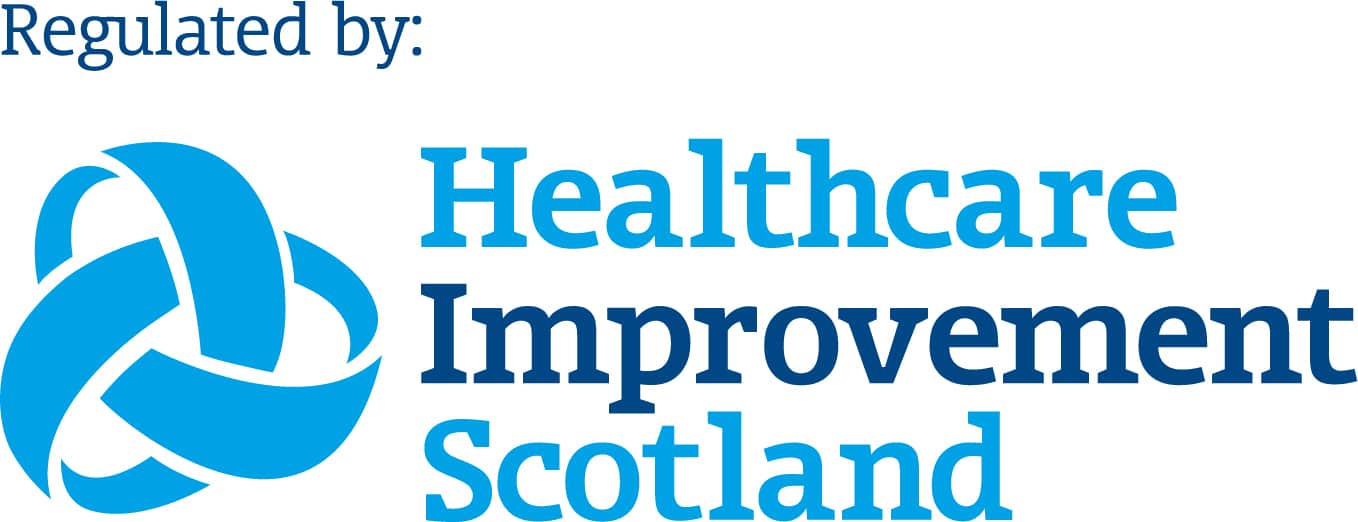The term mindfulness seems to be being mentioned everywhere for the past few years. There is a buzz about this that seems to have taken on an ‘of the moment’ feel. Yet its roots have been around for centuries. While it is in the fashion, as with all ‘fad’ therapies, I think it’s important to look at the benefits and the core of these ideas while not getting bogged down by the ‘throw away’ or trendy aspects of the practice.
According to Wikipedia, “Mindfulness is “the intentional, accepting and non-judgemental focus of one’s attention on the emotions, thoughts and sensations occurring in the present moment”, which can be trained by meditational practices[1] derived from Buddhist anapanasati.[1]
What does this mean? The simple answer is being mindful of the present moment. It is a practice of attempting to stop our background noise or internal dialogue It arrives out of the practice of meditation and is often attributed to eastern philosophies and religions. However, variations of the meditative practice can be seen in Judaeo-christian and islamic traditions.
It might be useful to think of the idea that there are constant ‘things’ going on in a busy world. We are always engaging in something, driving, using our smartphones, reading and so on. We are always engaged in the background noise that day-to-day life entails. We are always thinking, daydreaming, and having conversations or whatever the case may be. We are always engaged in something that, in a way, disconnects us from what is ‘here now.’
There are a lot of distractions in the world. Some of those distractions are helpful and useful. Some are necessary to live day to day. We ‘know’ how to get to work but we do not consciously think about it as we go along. There is an-autopilot that comes on when we are doing our commute or whatever our daily routine is. Most of the time we are also doing several other things that take us out of ourselves. We normalize that aspect of our lives, we live almost unaware that we are doing this.
I like to use the idea of walking. When we walk we do not say to ourselves I am walking. We just walk. There is something almost detached in our ability to walk and not have to mechanically, consciously tell our legs to do it. On a very basic level walking is something we do and don’t have to think about.
Mindfulness is an attempt to become aware of that background noise, turn it down and, for a little while and simply be quiet. This can be easier said then done. There is a story of a Buddhist master who after years and years of sitting quietly claimed that, even he, could only count to 4 while meditating before a thought came into his head. Still, the practice can be helpful for many reasons. It can be relaxing, help in moments of stress or panic. It can help to become focused.
I think there are greater implications for examining Mindfulness. It can allow us to get in touch with a stillness that should be a very natural state for us but is not.
When working with people who have anxiety or panic issues, I will often have them sit and describe what is literally going on for them in the physical world they are inhabiting at the moment. This is a good mindful exercise. You can do it anywhere. You can be seated, lying down, walking, exercising and so on.
What you do is describe the moment you are living in to yourself. “I am sitting in a chair, the chair is green, I hear a bird outside. I hear a car drive past. There is a clock ticking next to me.’ The idea is to attempt to remain present in the moment you are in. You may find this easier said than done. You might find yourself drifting off, thinking about things that are associated with the moment you are describing. This is the background noise getting back into your moment and taking you away from the present.
You aim is for stillness in yourself. All in attempts to be in the moment — moment to moment.
Often it is suggested to try and do this once a day for 15 to 20 minutes. Some do it at times of stress or panic. Another suggestion is to do these practices before eating. I have a friend has done TM meditation for 45 years. He says that eating before doing meditation makes it more difficult to settle and as the body itself is focused on digestion after eating.
TECHNIQUES:
Sit comfortably in a chair for these. You can lay down but you might find you may fall asleep which is fine but different than aiming at being still. Try not to cross or fold your arms or legs. If you are sitting try to keep your feet planted flat on the floor.
BREATHING – When you are comfortable begin by listening to your breathing. Concentrate on the sound of your inhalation and exhalation. While doing this try to clear your mind of all thoughts – keeping all focus on sound of air entering and exiting your lungs through your mouth or nose.
COUNTING – Rather than listen to your breathing you might want to count. I find that counting 1,2 on the inhale and 3,4 on the exhale helps. You might find that counting in time with your breathing doesn’t quite work and you might be thinking too much. If that happens simply focus only on hearing the words in your head – 1,2,3,4 over and over again.
USING A MANTRA – This is more traditional meditation. The idea is you repeat a word over and over to keep your focus. Often “Om” is used. Ommmmm! It is Sanskrit and said to be ‘the sound of the universe’. There has been a lot of research about the sound and how it reverbs within the body aiding the meditative state.
BELLS – Many people find it helpful to have a noise to focus on. Many practice meditation using bells rung every so often to bring them back to the moment if they have begun to drift into thoughts that will take them out of the moment.
SOUND MACHINE OR WHITE NOISE GENERATOR – These work the same way. You can often download these sounds for smartphones. I have something I downloaded that is a 30-minute loop of “Om” being chanted. I will often listen to in on the tube and find it very helpful for staying centered.
This is only a small idea of what mindfulness is and how it can help. As always I suggest trying these tools, keeping in mind they are tools. Often it can help in combination with counselling or psychotherapy if you are experiencing high levels of panic distress or anxiety.
If you are experiencing issues with panic or stress and want to speak to someone about it why not get in touch with the ROC Clinic and arrange an initial assessment with our psychotherapist.
Resources:
- http://www.livingwell.org.au/mindfulness-exercises-3/
- http://www.mindful.org/mindfulness-practice/mindfulness-the-basics
- http://uk.tm.org/
- http://www.open-meditation.org/
- https://en.wikipedia.org/wiki/Mindfulness
- http://www.westernwellness.com.au/blog/2014/10/why-do-we-chant-om.html


